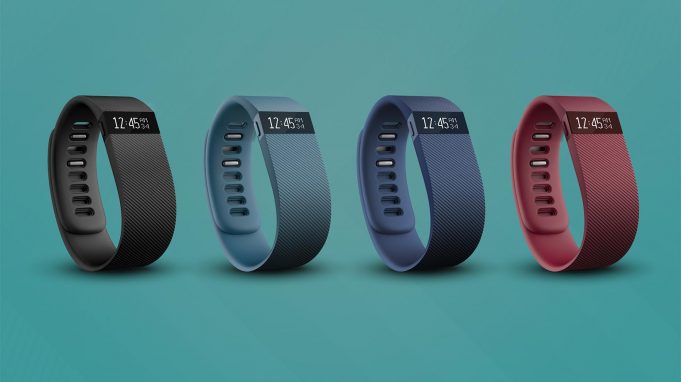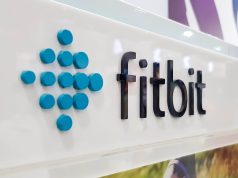This post is about how Fitbit makes money. Firstly, we explain Fitbit offerings for the consumers and how Fitbit generates revenues from those offerings. Then, we provide Fitbit business segment revenues for the years 2012 to 2014. Then, we share the information on Fitbit cost elements, profits, and profit margins.
Key Elements Of Fitbit Business Model

Fitbit is a provider of wearable connected health and fitness trackers. These wrist-based and clippable devices automatically track users’ daily steps, distance travelled, floors climbed, calories burned, and active minutes. The devices display real-time information to encourage users to become more active in their daily lives. Most of the Fitbit trackers also measure sleep duration and quality. More advanced products track heart rate and GPS-based information such as speed, distance, and exercise routes. The company offers six different variants of the fitness trackers: Zip, One, Flex, Charge, Charge HR, and Surge. In addition, Fitbit also offers a Wi-Fi connected scale, known as Aria, that records weight, body fat, and body mass index, or BMI.
All of the Fitbit devices sync automatically with Fitbit online dashboard and mobile apps that provide the users with a wide range of information and analytics, such as charts and graphs of their progress. The platform helps users stay motivated through social features, notifications, challenges, and virtual badges. The users can choose to share some or all of the health and fitness information on an opt-in based with friends, family, and other parties with third-party apps. Fitbit enables third-party developers to create health and fitness apps that interact with its platform. Fitbit also offers premium services on a subscription basis that include virtual coaching through customized fitness plans and interactive video-based exercise experiences on mobile devices and computers.
Fitbit Revenues 2014
Fitbit generates substantially all of its revenue from the sale of its connected health and fitness devices and accessories. Fitbit generates a small portion of revenue from the subscription-based premium services.
Fitbit generated $745 million of total revenues in 2014, up from $271 million in 2013, growing at 175% yoy. Of the $745 million of total revenues, Fitbit generated
- $563 million revenues, 75.5% of the total, from the US business.
- $183 million revenues, 24.5% of the total, from the international business. The share of international revenue increased from 11.9% in 2012 to 24.5% in 2014.
Fitbit Profits 2014
Of the $745 million of Fitbit total revenues in 2014, $387 million were the cost of revenue. This resulted in $358 million of gross profit and a gross margin of 48.0%. Fitbit spent $54 million, $112 million, and $34 million on research and development, sales and marketing, and general and administrative expenses respectively. This resulted in $158 million of operating profit and an operating margin of 21.2%. After interest and other income/expenses and income taxes, Fitbit had a net profit of $132 million and a net margin of 17.7%. Here are the definitions of Fitbit’s key costs and operating expenses:
- Cost of revenue. It consists of product costs, including costs of contract manufacturers for production, shipping and handling costs, warranty replacement costs, packaging costs, fulfillment costs, manufacturing and tooling equipment depreciation, warehousing costs, excess and obsolete inventory write-downs, and certain allocated costs related to management, facilities, and personnel-related expenses and other expenses associated with supply chain logistics. Personnel-related expenses include salaries, bonuses, benefits, and stock-based compensation.
- Research and development. These expenses are related to developing new products and services and improving existing products and services. These expenses consist primarily of personnel-related expenses, consulting and contractor expenses, tooling and prototype materials, and allocated overhead costs.
- Sales and marketing. These expenses consist primarily of advertising and marketing promotions of Fitbit products and services and personnel-related expenses, as well as sales incentives, trade show and event costs, sponsorship costs, consulting and contractor expenses, travel, Point-of-Purchase display expenses and related amortization, and allocated overhead costs.
- General and administrative. These expenses consist of personnel-related expenses for Fitbit finance, legal, human resources, and administrative personnel, as well as the costs of professional services, any allocated overhead, information technology, and other administrative expenses.









